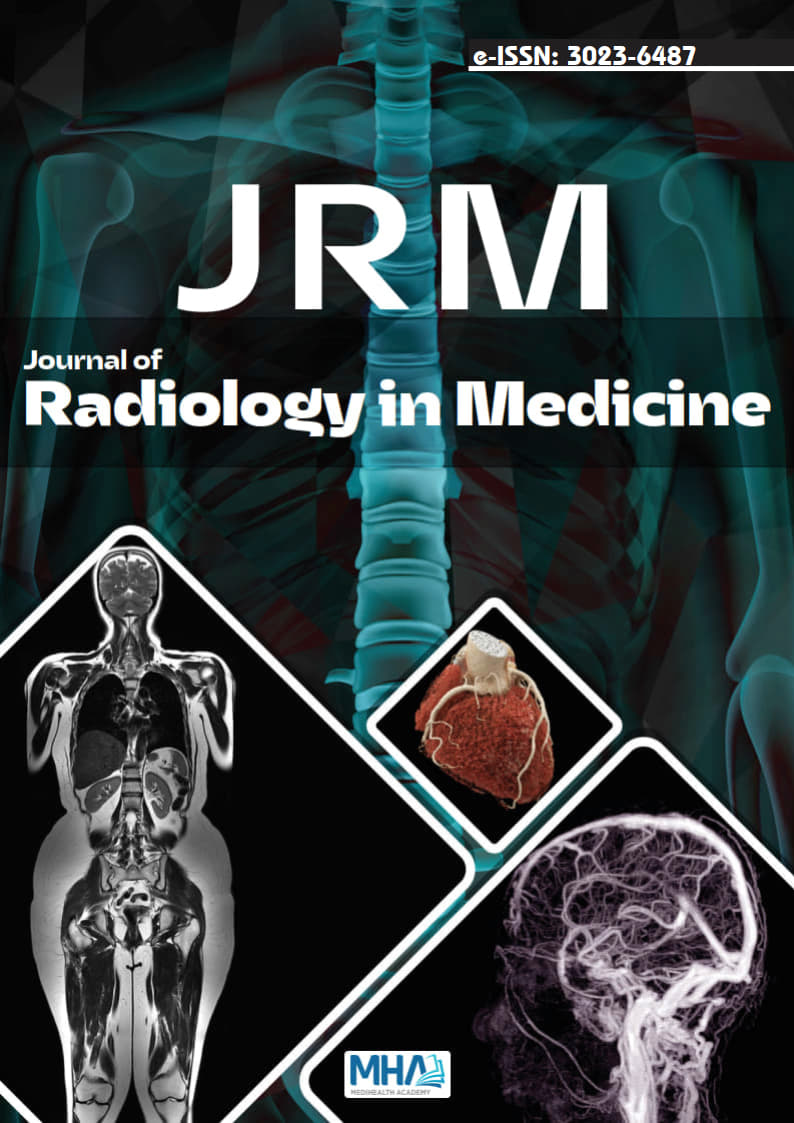1. Haller S, Etienne L, Kövari E, Varoquaux AD, Urbach H, Becker M. Imaging of neurovascular compression syndromes: trigeminal neuralgia, hemifacial spasm, vestibular paroxysmia, and glossopharyngeal neuralgia. <em>AJNR.</em> <em>Am J Neuroradiol</em>. 2016;37(8):1384-1392.
2. Anwar H, Ramya Krishna M, Sadiq S. et al. A study to evaluate neurovascular conflict of trigeminal nerve in trigeminal neuralgia patients with the help of 1.5T MR imaging. <em>Egypt J Radiol Nucl Med</em>. 2022;53(1):66.
3. Hughes MA, Frederickson AM, Branstetter BF, Zhu X, Sekula RF. MRI of the trigeminal nerve in patients with trigeminal neuralgia secondary to vascular compression. <em>AJR. Am J Roentgenol</em>. 2016;206(3):595-600.
4. Turk Boru U, Boluk C, Ozdemir A, Demirbas H, Taşdemir M, Gezer Karabacak T, Dumanlı, A. Cervical discopathy in idiopathic trigeminal neuralgia: more than coincidence? <em>Adv Spine J</em>. 2021;40(1):53-64.
5. Headache classification committee of the international headache society (IHS): the international classification of headache disorders, 3rd edition. Cephalalgia. 2018;38:1-211.
6. Cruccu G, Finnerup NB, Jensen TS, et al. Trigeminal neuralgia: new classification and diagnostic grading for practice and research. J Neurol. 2016;87(2):220-228.
7. Antonini G, Di Pasquale A, Cruccu G, et al. Magnetic resonance imaging contribution for diagnosing symptomatic neurovascular contact in classical trigeminal neuralgia: a blinded case-control study and meta-analysis. <em>Pain</em>. 2014;155(8):1464-1471.
8. Jannetta PJ. Arterial compression of the trigeminal nerve at the pons in patients with trigeminal neuralgia. <em>J Neurosurg</em>. 1967;26(1):159-162.
9. Miller J, Acar F, Hamilton B, Burchiel K. Preoperative visualization of neurovascular anatomy in trigeminal neuralgia. <em>J Neurosurg</em>. 2008; 108(3):477-482.
10. Dandy WE. Concerning the cause of trigeminal neuralgia. <em>Am J Surg</em>. 1934;24(2):447-455.
11. Müller S, Khadhraoui E, Khanafer et al. Differentiation of arterial and venous neurovascular conflicts estimates the clinical outcome after microvascular decompression in trigeminal neuralgia. <em>BMC Neurol</em>. 2020;20(1):279.
12. Lemos L, Alegria C, Oliveira J, Machado A, Oliveira P, Almeida A. Pharmacological versus microvascular decompression approaches for the treatment of trigeminal neuralgia: clinical outcomes and direct costs. <em>J Pain Res</em>. 2011;4:233-244.

